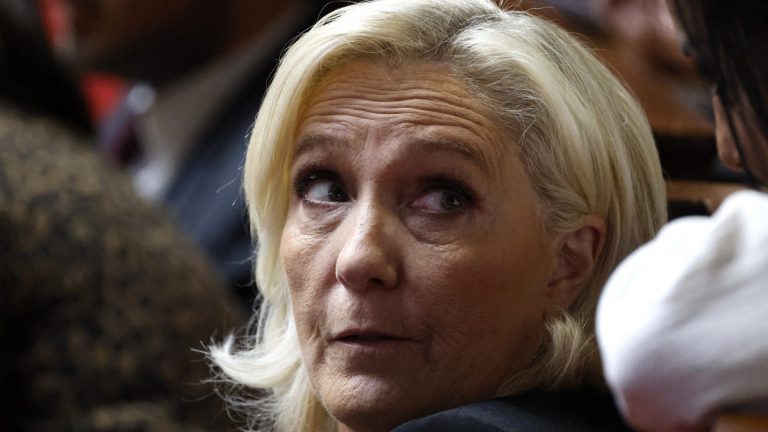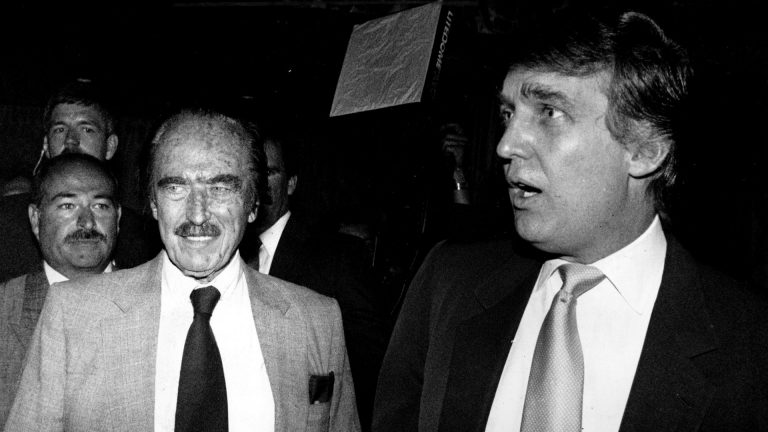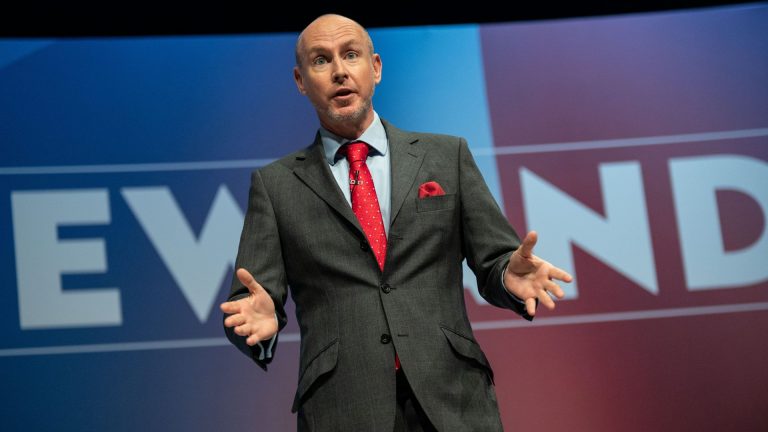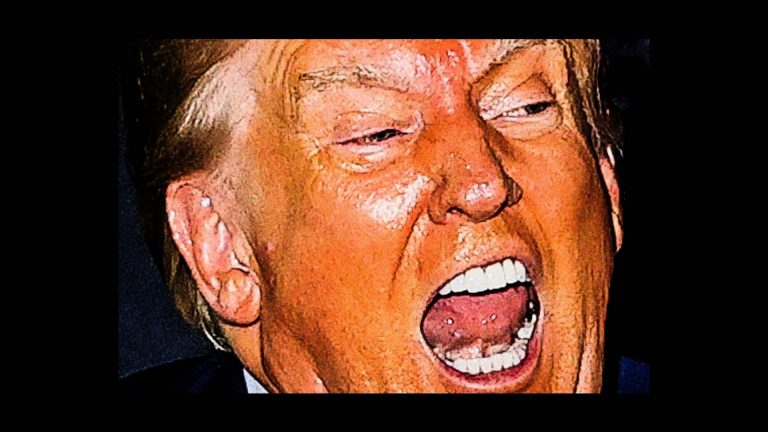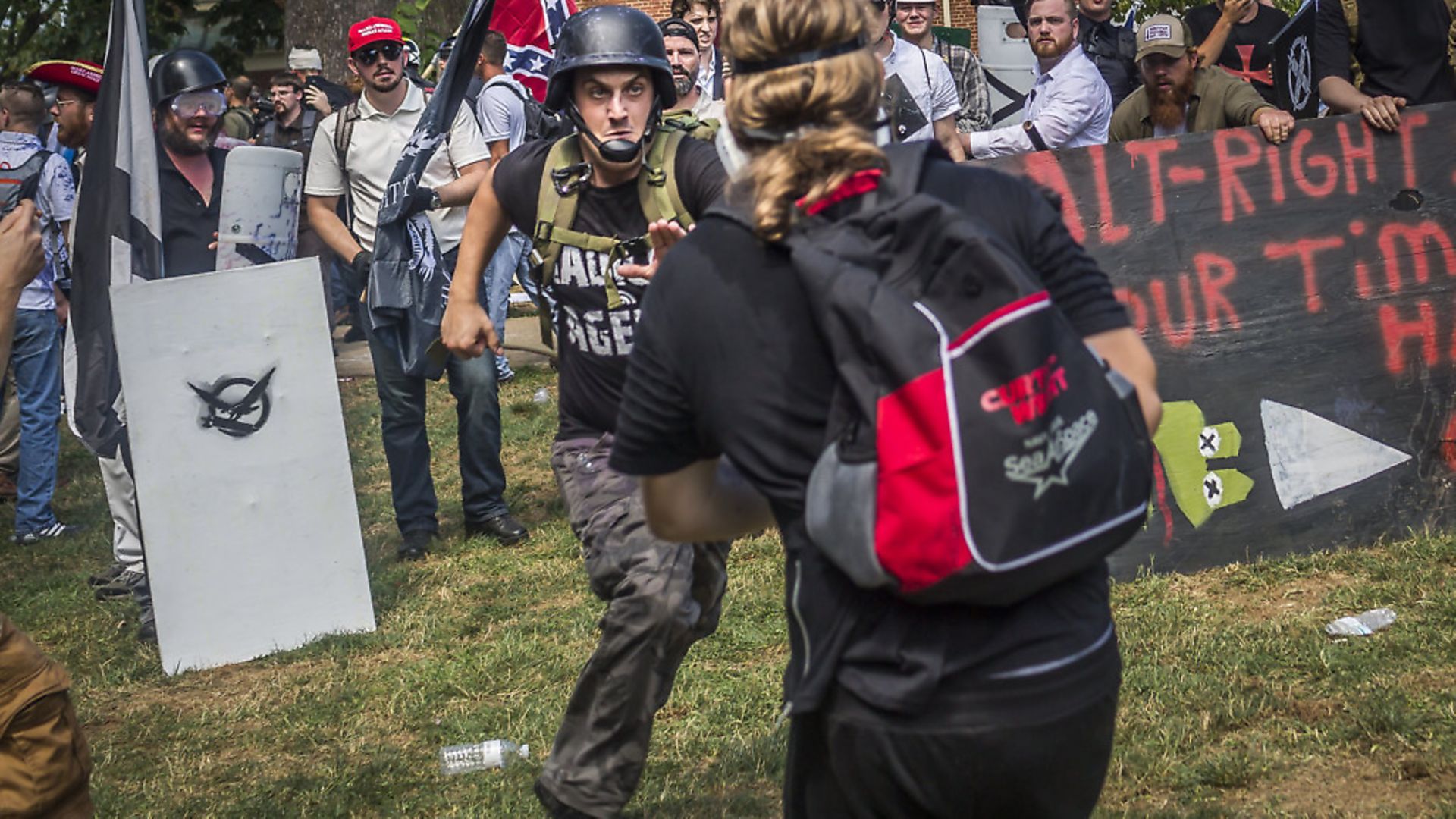
On the ground in a divided United States of America past battle lines are being redrawn.
The murder of a woman by a neo-Nazi in Charlottesville, Virginia, has exposed further divisions in this deeply divided country.
But the parameters exposed by this incident, which saw dozens injured and two State troopers killed following a helicopter crash are not as presented by supporters of the US president Donald Trump. Rather they affirm long-standing racial and geographical divisions in America’s Deep South.
Driving through Florida, I spent hours listening to national talk radio stations in order to get a better sense of the mood in this part of the country.
The over-arching message coming in to Conservative radio stations from callers in Georgia, Florida and Virginia was that the anti-fascist groups who had mobilised against the march of the Ku Klux Klan and neo-Nazis in Charlottesville were equally to blame. These groups, dubbed ‘Anti-Fa’, were routinely described by callers as ‘fascists’ and associated with the Black Lives Matter movement.
While loudly proclaiming that neo-Nazis tick him off, talk show host Rush Limbaugh suggested that the Anti-Fa were anarchists who had a history of even greater violence. Similar sentiment was expressed on other media where the Klan, white supremacists and neo-Nazis were divorced from their terrorising, lynching and genocidalist origins.
This repositioning was further evidenced by an initial tweet and official statement from the US President who condemned politically motivated violence in general but refused to name names. While Trump received much criticism for his failure to condemn neo-Nazi violence, bizarrely, no one sought to mention the President’s earlier statement on Holocaust Memorial Day where he lamented the deaths of so many but failed to mention Jews – the principal victims of the Nazis genocidal campaign.
Trump’s formal statement had all the marks of Steve Bannon’s craftsmanship. By failing to assign blame for the tragic murder of Heather Heyer, the President was not rising above the crisis, as some Conservative pundits suggested, but was in effect stirring up division and manipulating his hate base. This was most evident when one considers the following sequence of events.
On Monday, Ken Frazier, the CEO of the pharmaceutical company Merck and Co who was the only black member appointed to the president’s Council on American Manufacturing, resigned in protest at Trump’s failure to condemn the acts by white supremacists and neo-Nazis which he claimed ran counter to US foundational principles of equality for all. In response Trump sent one of his famously ugly tweets where he savaged Frazier – a man who would now have more time to go back to running his ‘rip-off’ drug company.
A few hours later, Trump offered a carefully scripted public response to the Charlottesville tragedy. He first of all presented good news about the change in the US economy and growth of jobs. He then condemned the Klan, white supremacists, neo-Nazis, racists and other hate groups before ending on a message of respect for all Americans, God, and plea for unity.
The tone was similar to the conclusion of his inaugural address where the use of language felt clumsy and the offering of peace and reconciliation less than credible.
Several commentators noted that Trump had the time to slam Frazier but could not find words to condemn the neo-Nazis waving flags in Charlottesville. They reminded all that he is perfectly able to target his opponents by name, when he so wishes, which in turn raised the question, why are white supremacists and neo-Nazis not among them?
The president’s personal history on the issue of race relations has been well documented. The son of a Klan member, Trump Jr allegedly discriminated against blacks and others and refused to rent property to them long after segregation has been outlawed. Years later, as he campaigned for president, Trump further denigrated minority voters, alluding to voter fraud in heavily black areas. Trump’s recent record has seen him exacerbate not reduce racial tensions.
One objective of the Alt Right movement which carried Trump to power is the deliberate misrepresentation of minority groups as extremists. Rather than focus on the reason for the creation of the Black Lives Matter movement, namely police brutality, the Alt Right is tarring minorities with the ‘extremist’ brush. While it is irrefutably true that protest movements including Black Lives Matter have attracted some bent on violence, the over-arching history of race relations especially in the South tells a story of systemic racism, violence, and exploitation of blacks by whites.
In 2017 past battle lines are being redrawn as we see from the special congressional election in Alabama, and with groups militating both the remove controversial statues which celebrate leaders of the Confederacy and others mobilising to protect them. One incidence of this is in Richmond, Virgina, where a heritage organisation has filed for a permit to demonstrate in front of the statue of Robert E Lee who led the Confederate Army during the US Civil War.
After repeatedly telling his listeners that neo-Nazis and members of the Black Lives Matter movement were cut from the same cloth – a simplistic statement and false equivalence obvious to most students of 20th century history – Limbaugh questioned why the riot police in Charlottesville stood down and failed to separate the demonstrators. Were they instructed to do so?
Unfortunately, events in Charlottesville and anticipated protests in Richmond may come close to relighting the touch paper of the Confederacy. Talk show hosts loyal to Trump have repeatedly tried to redistribute blame on to organised groups. To do so, they have called attention to individuals like Robert Kramer, the husband of an elected representative who paid agitators to disrupt Trump rallies, and James Hodgkinson, a former campaign worker for Bernie Sanders who opened fire on members of the Republican softball team in Alexandria, Virginia. They have not however explained why James Fields, a troubled man whose teacher noted how he had been attracted to Hitler, killed in the name of white supremacy nor how the far right was organising.
The base of Trump supporters may take comfort in the President’s communications. The Klan and Alt Right may be encouraged by the president’s initial silence while others would welcome his later statements which single out neo Nazis. Those on the far right could claim he was pressed to speak up by interfering minorities and liberal media – as Limbaugh suggested. ‘It has to do with Robert Kramer and George Soros … though we are not allowed to say this,’ the radio host claimed.
Trump and Bannon seek to foment and manage division in the name of holding power. To that end, they are prepared to apologise for white supremacy and neo Nazism, They are also prepared to tolerate further inter-racial violence.
Brad K Blitz is a professor of international politics at Middlesex University and senior fellow at the Global Migration Centre at the Graduate Institute in Geneva

